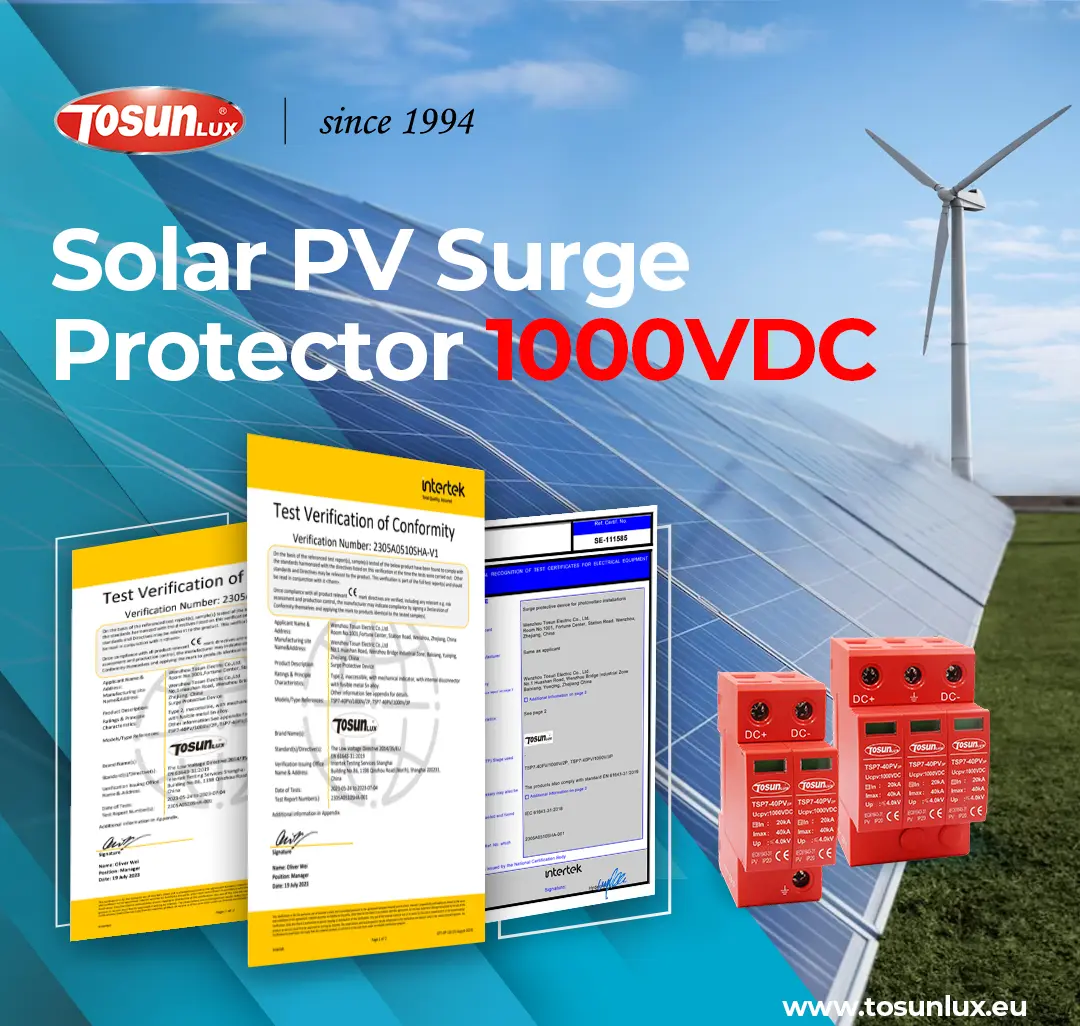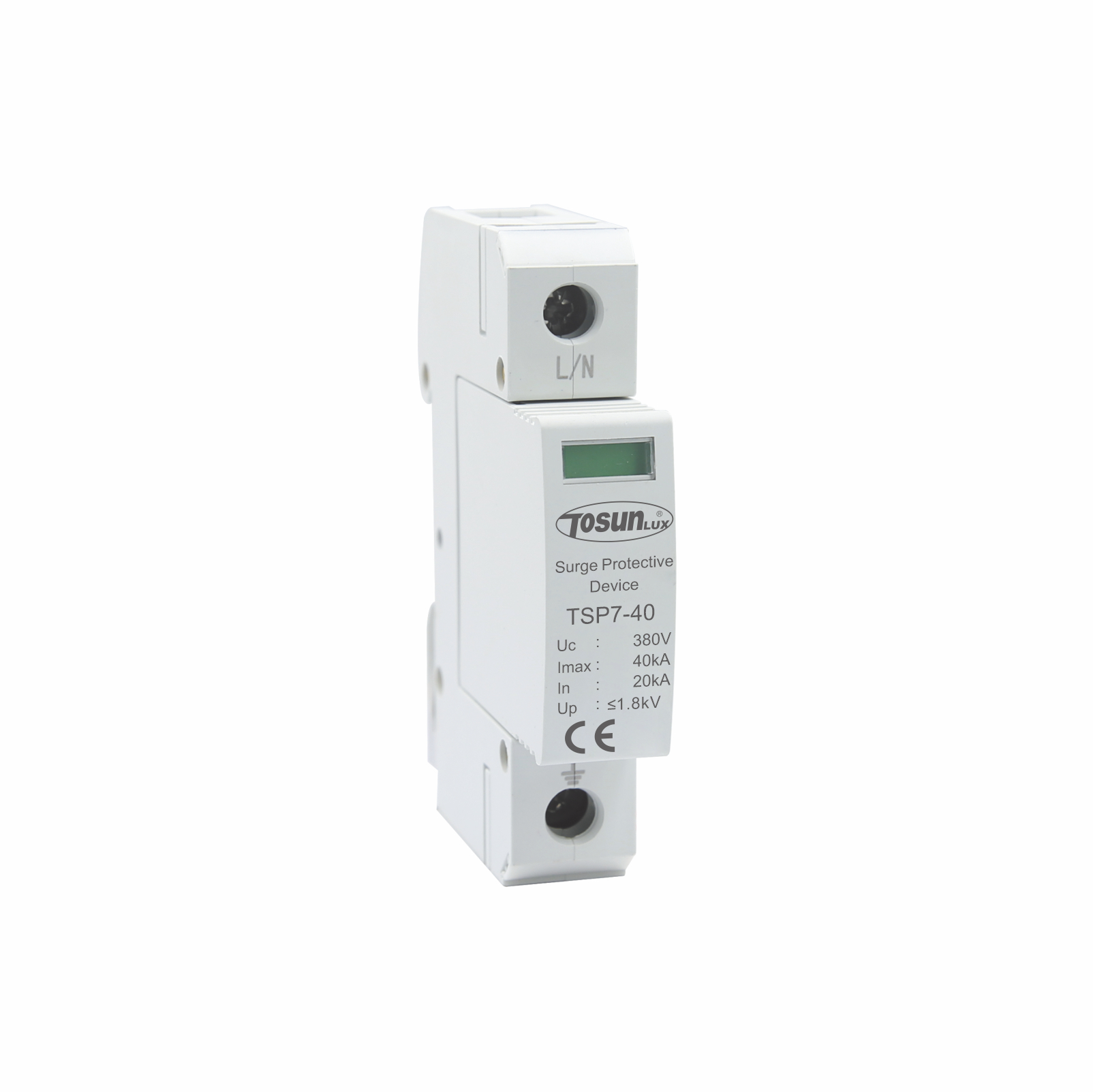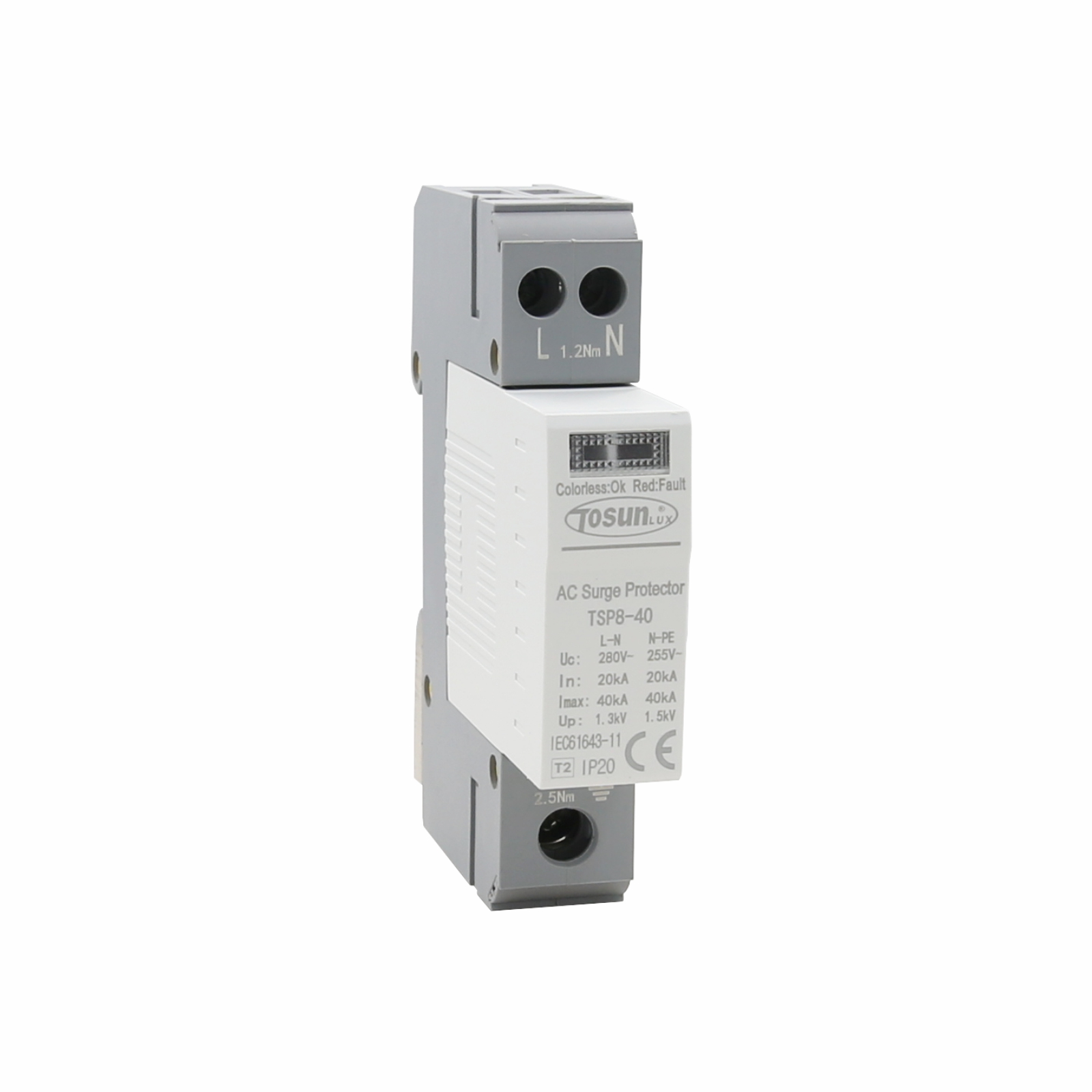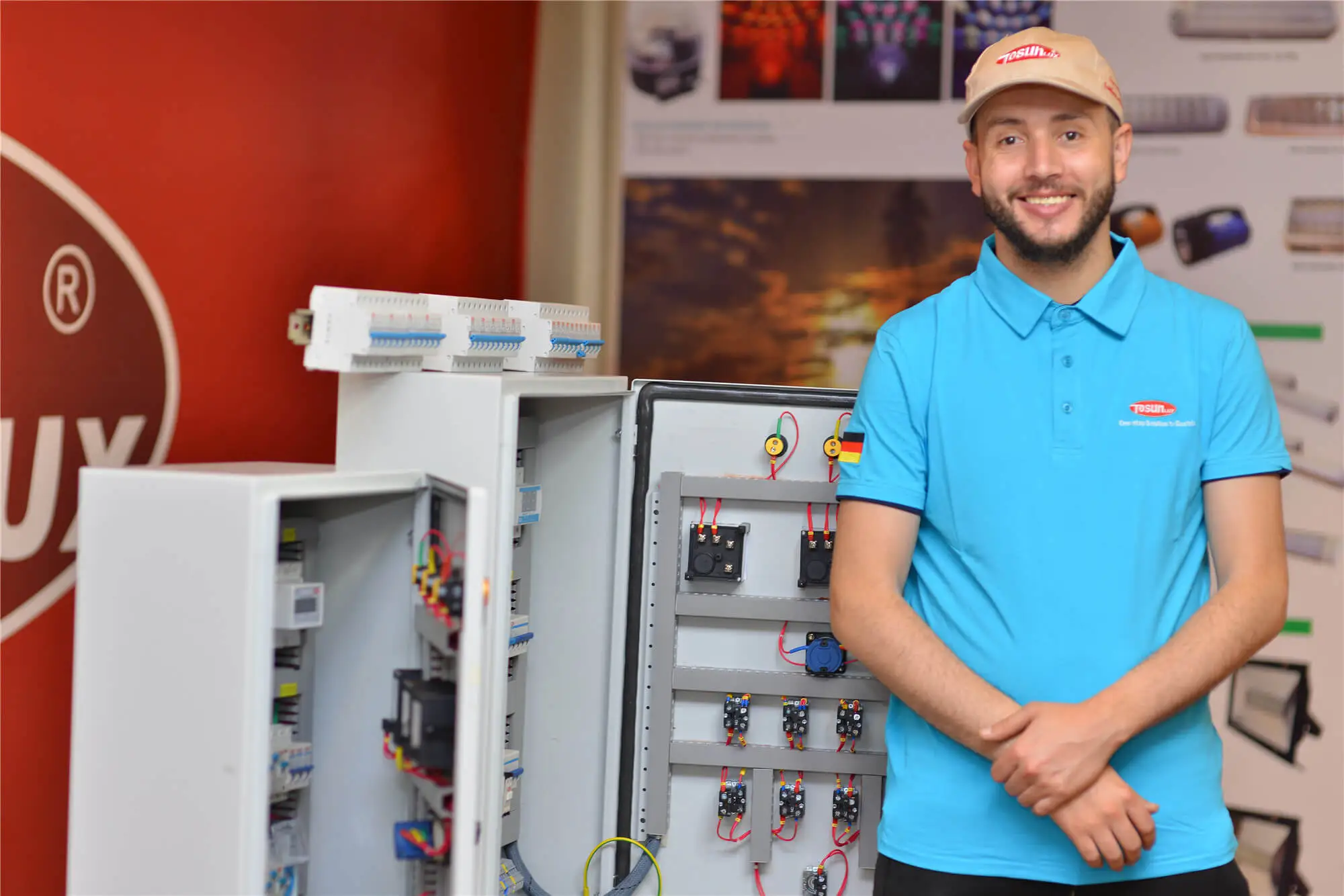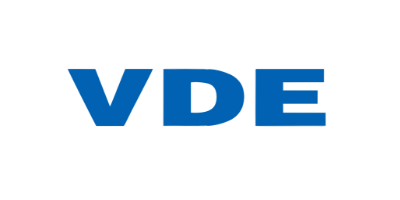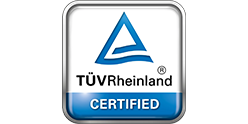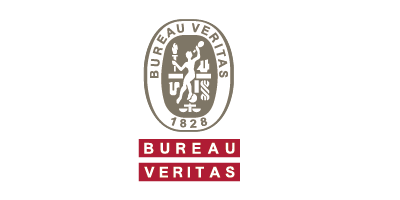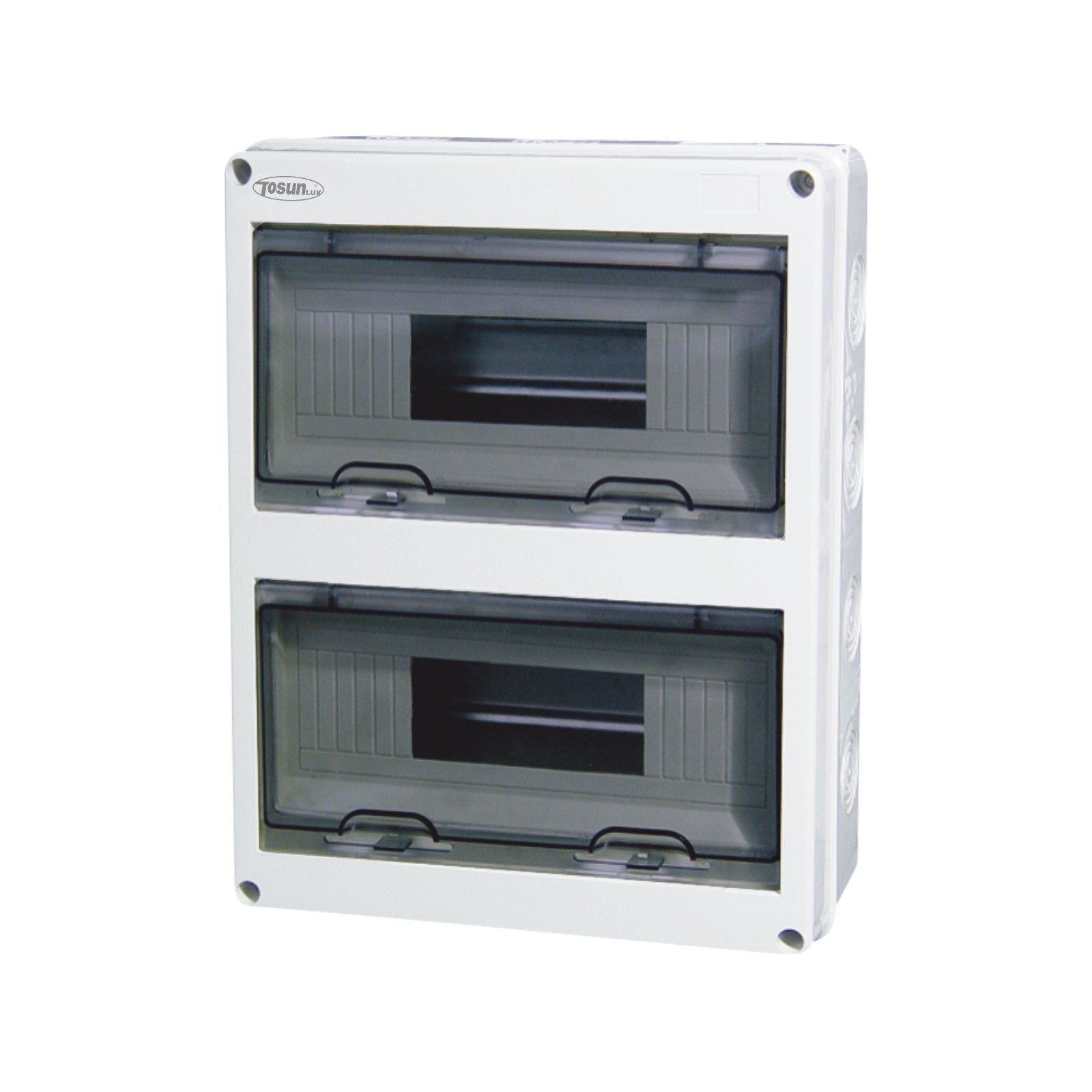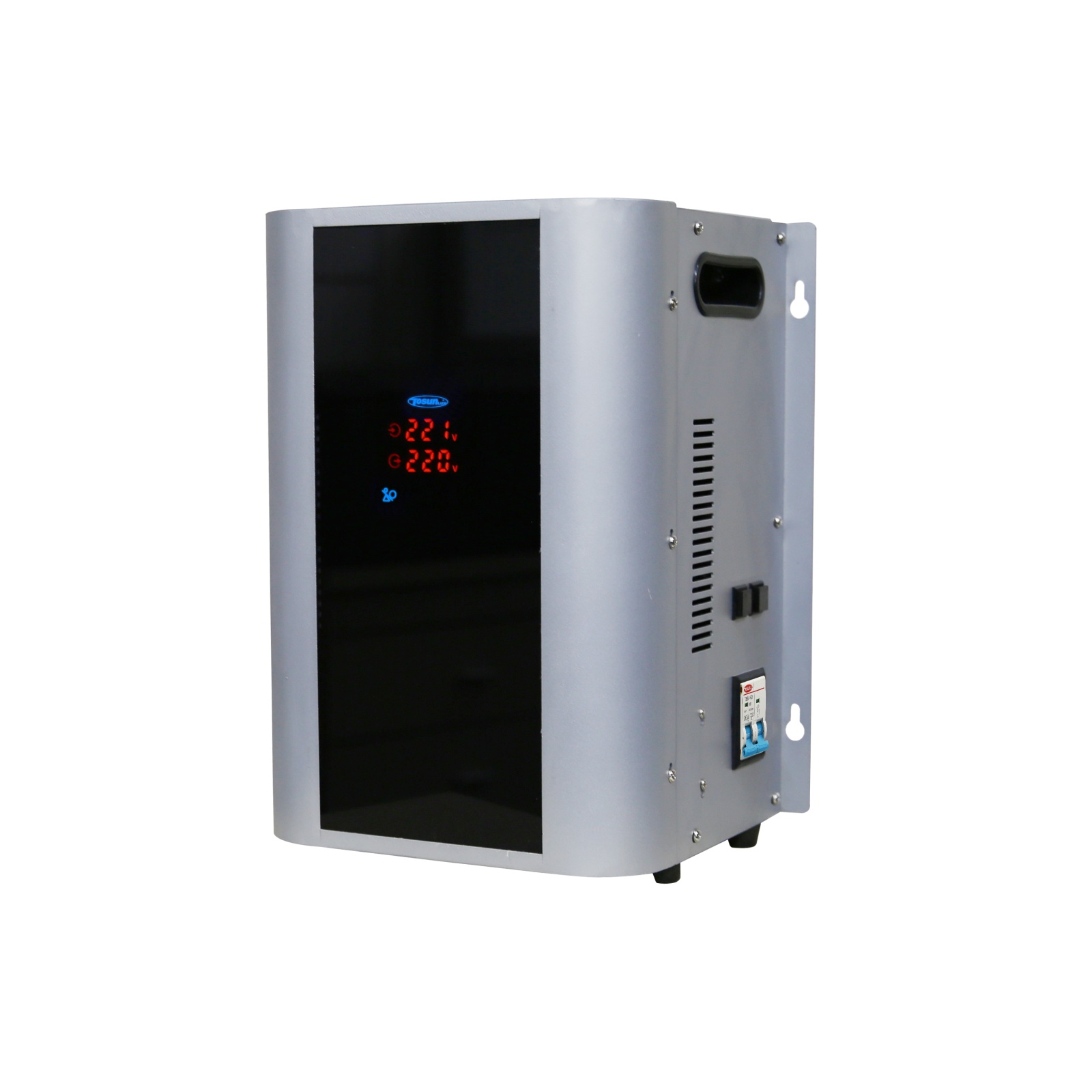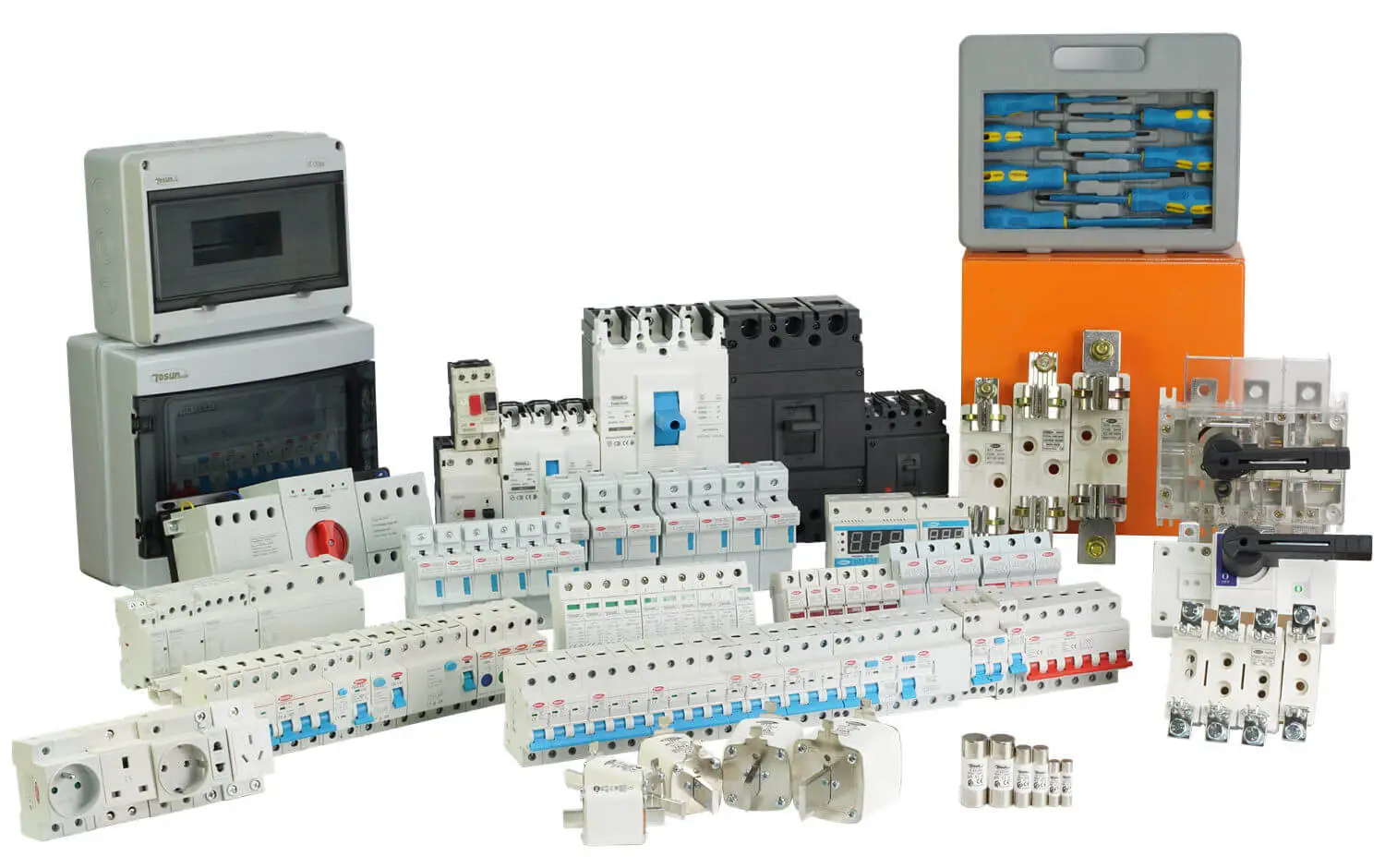What is Solar PV Surge Protector?
Solar panels are vulnerable to power surges caused by lightning strikes due to their exposed placement and large surface areas. These surges can result in equipment malfunction or property damage. High-performance solar surge protection eliminates disturbances, downtime, and repair/replacement costs, ensuring reliable and efficient operation of commercial or residential systems.”
Types of Solar PV Surge Protector
Surge protection is an integral element of solar panel systems. Without it, electrical surges can wreak havoc on your panels and inverters, as well as circuit control and energy storage devices.
Power surges are sudden spikes of high voltage that can damage sensitive electronic equipment like computers and televisions, as well as disrupt telephone and cable lines.
Many homes and businesses install surge protection for heavy-use devices, such as air conditioning units, air fryers, microwave ovens, and washing machines. Unfortunately, these appliances may still be exposed to electricity from a mains-powered supply – leaving them susceptible to sudden spikes in voltage.
DC Surge Protectors are essential elements of solar power systems. They divert voltage surges away from sensitive equipment to avoid damage or destruction.
A reliable solar DC surge protector will shield the PV system’s generator and conversion equipment from overvoltages caused by lightning strikes or network disturbances. These devices should be installed upstream of the equipment they’re protecting so that excess voltage can be diverted away from sensitive electronics before it causes any harm.
Working Principles of Solar PV Surge Protector
Surge protection is crucial in the electrical power industry to prevent voltage spikes from damaging equipment and causing system downtime. A surge protector is essential for optimal functioning of solar systems.
The most common surge protection for solar applications is the SPD (surge protection device). These devices have high and low impedance states and can be plugged into AC or DC lines of a PV system. When voltage exceeds the SPD’s design limit, it enters a low-impedance state and diverts the voltage to ground before resetting to a high-impedance state.
Advantages and Disadvantages of Solar PV Surge Protectors
PV systems are vulnerable to lightning and AC utility switching transients, both direct and indirect. These voltage spikes can damage equipment and result in system outages.
Solar panel surge protection devices (SPDs) help mitigate the effects of transient overvoltages and prevent catastrophic failure. Unfortunately, they are expensive to install and run.
PV surge protection systems are typically a small component of the total cost of a solar power system, falling under non-module and inverter hardware, installation expenses, and soft costs such as operations and maintenance.
When installing an SPD in a solar power system, it should be placed close to the equipment for maximum protection from incoming overvoltage spikes. Doing this prevents damage to circuits and the inverter; additionally, labor and maintenance costs are minimized.
A surge protector for a solar PV system is essential equipment that guarantees the reliability and safety of its panels and inverter. Without adequate protection, lightning or other electrical surges can damage sensitive electronics and render them unusable.
The efficiency of a solar PV system depends on its capacity to sustain power production for extended periods and remain functional even after disruptions. The longer a PV system can remain unharmed by lightning or other damages, the more electricity it generates.
Solar PV Surge Protectors are an essential safety element for any large-scale solar power installation. Without surge protection, all equipment that draws energy from the panels could be irreparably damaged by an abrupt voltage spike.
Even if the system itself is undamaged, you may need to replace its components or repair its equipment in order to avoid financial losses. Even if it appears that there are no damages done, replacing components or repairing equipment could potentially result in significant financial costs.
Surge protection is an essential component of any solar PV installation, protecting sensitive equipment from overvoltage damage which could result in hardware malfunctioning and reduced output. Without it, a system’s output could suffer greatly as a result.
If you are considering installing a solar power system, it is essential to understand why surge protection is necessary and how to install it.
LSP strongly suggests installing surge protection on each solar panel’s DC output, at the combiner box for multiple panels, and at the inverter.
 : +86-139 0587 7291
: +86-139 0587 7291 English
English Español
Español Русский
Русский Français
Français العربية
العربية Português do Brasil
Português do Brasil Українська
Українська Türkçe
Türkçe Polski
Polski Nederlands
Nederlands Italiano
Italiano Bahasa Indonesia
Bahasa Indonesia हिन्दी
हिन्दी اردو
اردو አማርኛ
አማርኛ Հայերեն
Հայերեն ไทย
ไทย Монгол
Монгол فارسی
فارسی Shqip
Shqip Ελληνικά
Ελληνικά
